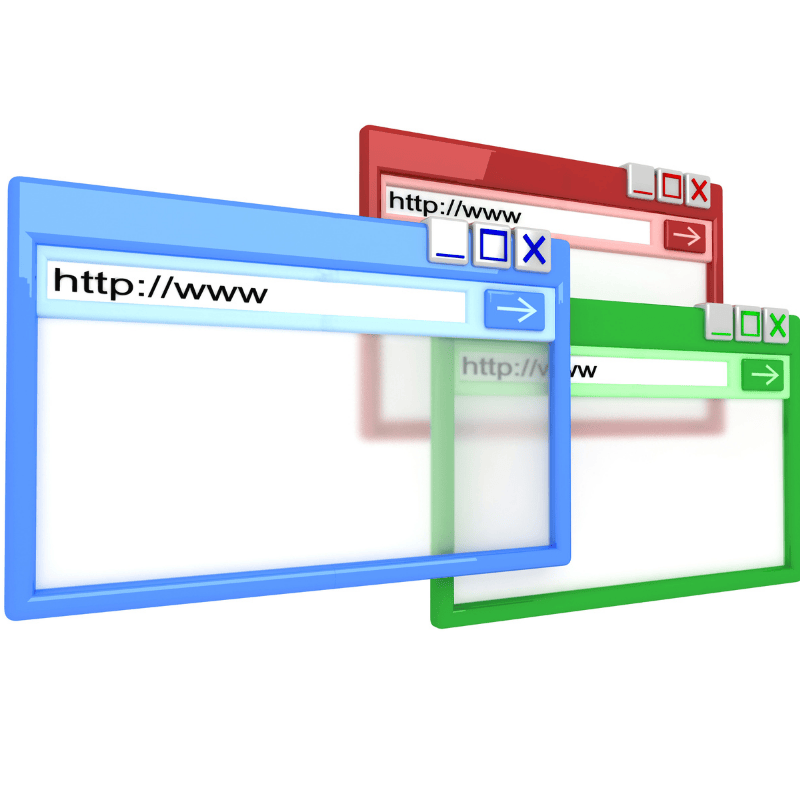Back in the early 2010s, the answer was simple: “just put it on the cloud.” Fast forward to 2025, and the decision isn’t that straightforward. Businesses and developers now face a growing debate: edge vs cloud in 2025 — which is the smarter choice for running apps? Both have evolved. Cloud computing has become leaner, faster, and packed with AI-driven optimizations. Meanwhile, edge computing has stepped out of the shadows and become mainstream, powering everything from autonomous cars to personalized shopping experiences. The choice between edge and cloud depends less on hype and more on what your app actually needs. Let’s break it down.
The Case for Cloud
Cloud computing remains the foundation of digital infrastructure. For most businesses, it’s still the most cost-effective and reliable choice. Hosting on the cloud means scalability on demand, global reach, and the ability to tap into powerful services — from machine learning APIs to serverless architectures. For apps that deal with high volumes of data but don’t require millisecond-level responses, cloud remains king.
Imagine running an e-commerce app. Your customers want smooth browsing, quick payments, and reliable service. Cloud servers handle spikes during holiday sales, manage your inventory database, and integrate payment systems without breaking a sweat. Cloud also wins in terms of developer productivity. With endless frameworks, managed services, and plug-and-play APIs, the cloud allows startups to move faster and focus on the product, not infrastructure headaches.
The Rise of Edge
Now let’s talk about edge. In 2025, edge computing isn’t just a niche buzzword — it’s the backbone of real-time applications. The idea is simple: instead of sending all data to a centralized cloud server, edge processing happens closer to the user, device, or sensor. The result is faster response times, reduced latency, and less strain on bandwidth.
Take autonomous vehicles as an example. A self-driving car can’t wait for cloud servers halfway across the globe to process every camera feed. It needs instant decisions at the “edge” — right there in the car’s hardware. Similarly, AR and VR apps, industrial IoT, and even personalized retail experiences benefit from edge computing’s speed. By processing data locally, apps deliver smoother, safer, and more interactive experiences.
When Edge Outshines Cloud
If your app relies on real-time data, edge usually wins. Gaming, healthcare monitoring, and smart city sensors are prime examples. In these cases, shaving off milliseconds can make or break the experience. Businesses also adopt edge when they want better control over sensitive data. Keeping processing local reduces risks tied to sending everything into the cloud, which has become an increasing concern with stricter privacy regulations in 2025.
Another benefit is resilience. Edge systems can operate even if internet connectivity drops, which is crucial for industries like manufacturing, logistics, or emergency services. If your app must keep running in environments with unstable internet, edge isn’t just an option — it’s the only way forward.
Why Cloud Still Holds Its Ground
Despite the hype, cloud isn’t going anywhere. For apps that need global accessibility, heavy analytics, and massive storage, the cloud still dominates. Small businesses building SaaS platforms, developers launching consumer apps, and even enterprises running ERP systems rely on the cloud’s flexibility and reach.
Cost is another factor. Setting up edge infrastructure requires investment in hardware, gateways, and specialized integration. For many startups, cloud remains the more affordable option, at least until user bases grow to the point where edge makes sense. Cloud is also easier to manage. Providers like AWS, Google Cloud, and Azure have simplified scaling, monitoring, and security, meaning developers don’t have to reinvent the wheel every time they deploy.
The Hybrid Reality
Here’s the truth: the future isn’t about picking cloud or edge. It’s about combining both. In 2025, most successful apps already use a hybrid approach. Data that needs instant response is processed at the edge, while heavy storage, AI model training, and global distribution stay in the cloud.
For example, a fitness app might use edge devices like smartwatches to track real-time heart rates, while sending aggregated data to the cloud for long-term health insights and reports. This balance gives users speed and businesses scale. Hybrid solutions also provide flexibility — letting apps adapt to different regions, user expectations, and industry requirements.
Conclusion
So, edge vs cloud in 2025 isn’t a battle with one winner. It’s about choosing the right tool for the right job. If your app depends on lightning-fast response times, privacy, or offline reliability, edge is the way to go. If you need global accessibility, endless storage, and managed services at scale, cloud still leads. And if you want the best of both worlds? Hybrid is already the default strategy for forward-thinking businesses. Before deciding, map out your app’s core needs and user expectations — that clarity will show you whether to lean edge, cloud, or both.

